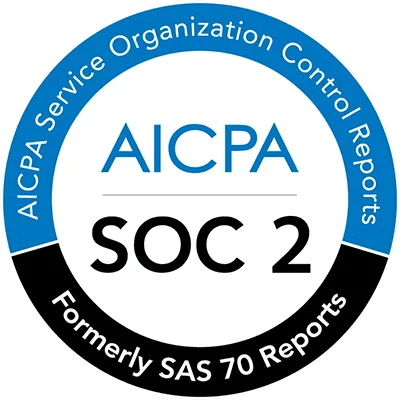Five Tips for Making Customer-Facing Documentation Your Competitive Advantage
Documentation has evolved from a technical necessity into a strategic asset directly impacting customer success and product adoption.

Adam Tilton, CEO
Documentation That Drives Growth
While documentation is crucial for accelerating customer value, many organizations still burden their engineering teams with documentation tasks. This misallocation of resources slows down engineering work and often results in documentation that fails to serve customer needs effectively. Sales teams require self-sufficient documentation that demonstrates product value without constantly pulling engineers into customer conversations.
Well-crafted customer-facing documentation has a direct impact on both support costs and customer satisfaction. When documentation is clear, comprehensive, and up-to-date, customers can onboard faster and resolve issues independently. This self-service approach not only boosts satisfaction but also dramatically reduces support tickets and their associated costs. Companies that invest in strong documentation consistently achieve faster onboarding times and higher customer satisfaction scores.
When done right, documentation also serves as a powerful sales enablement tool. By providing comprehensive, accessible documentation, organizations can distribute product knowledge effectively across sales and customer success teams. This empowers these teams to have more technical conversations with prospects and customers without needing to bring in engineering support for every interaction.
Perhaps most importantly, documentation quality has emerged as a key differentiator in competitive markets. Documentation that helps customers get to market faster—saving them both time and money—becomes a compelling part of the value proposition. In technical evaluations, the quality and accessibility of documentation often become a deciding factor, particularly for complex products where implementation success is crucial.
Five Tips for Making Documentation Your Competitive Edge
Here are five key tips for creating high-value documentation for your customers:
Maintain consistent hierarchy: Your documentation's structure and navigation should remain consistent at every level. Users should encounter the same terminology, organization, and presentation style whether they're reading an overview or exploring technical details. This consistency builds user confidence as they progress to more advanced topics.
Leverage interactive elements: Interactive examples and tutorials play a vital role in user education, but they must be carefully maintained to retain their value. While tutorials that demonstrate best practices can significantly accelerate adoption, they quickly become liabilities if they fall out of date. Documentation strategies must ensure tutorials cover all essential topics while remaining current with product updates. This often requires significant investment in maintenance and updates.
Implement Clear Versioning: Version management is crucial for effective documentation. Your docs must align precisely with each product version your customers use, making it simple for them to find information relevant to their implementation. This is especially vital when supporting multiple product versions or handling breaking changes between releases.
Enable Strong Discoverability: Transform static documentation into an interactive learning resource through effective search and cross-referencing. Documentation should never lead to dead ends—it should encourage natural exploration as users pursue their interests and needs.
Provide Clear Navigation Paths: Guide users naturally through your documentation by offering intuitive paths to related topics. Each page should anticipate and answer users' likely follow-up questions.
Customer Documentation: What it Looks Like When it Works
Documentation serves as the primary support and onboarding experience for customers of complex technical products. Documentation is critical for customer success, especially when direct technical support resources are limited to top-tier clients. Driver accelerates the creation of readmes, onboarding guides, and example application tutorials by as much as 80%.
Recently, we worked with a customer engagement team to analyze millions of lines of code and create clear templates for their guides and documentation, making their complex products easier for customers to understand and implement. The improved clarity and consistency led to fewer support tickets and higher customer satisfaction scores.
As Todd Vierra, VP of Customer Engagement at BrainChip notes, "Documentation has always been a bottleneck for us. We know what documentation we need to get in our customers' hands and be easily consumable. Getting it done just requires significant time and resources. Driver enables us to produce high-quality documentation at both the speed and scale our business demands."
Ready to Turn Documentation Into Your Competitive Advantage?
When organizations invest in creating and maintaining high-quality documentation, they do more than just support their products—they create a strategic advantage that impacts every aspect of their business. From accelerating customer onboarding to reducing support costs, from enabling sales teams to improving customer satisfaction, effective documentation drives measurable business outcomes. As products continue to grow in complexity, organizations that prioritize high-value documentation will find themselves better positioned to serve their customers, support their teams, and succeed in increasingly competitive markets.
Want to learn how Driver can help you create higher-quality customer documentation? Fill out this form and we’ll be in touch.


